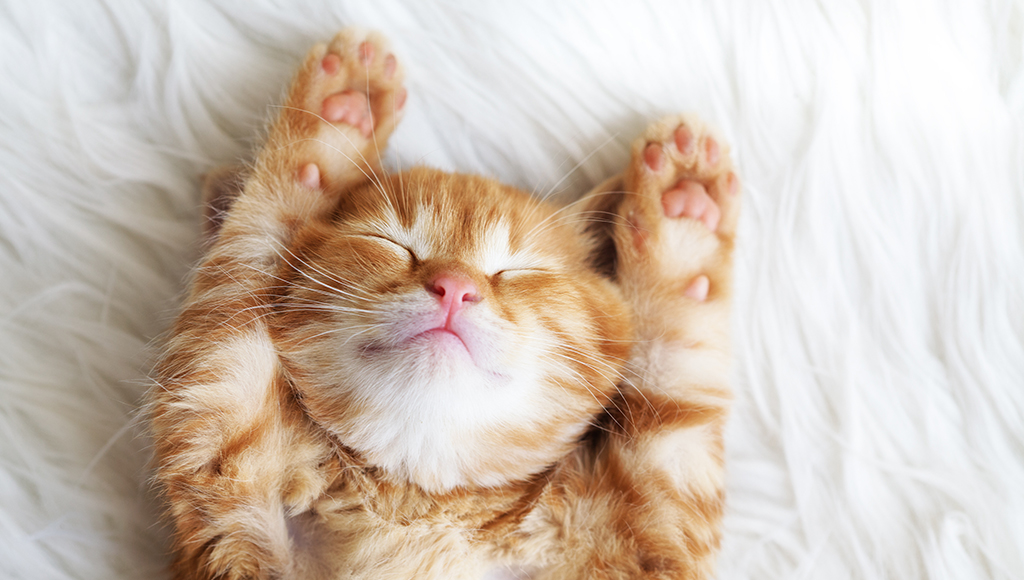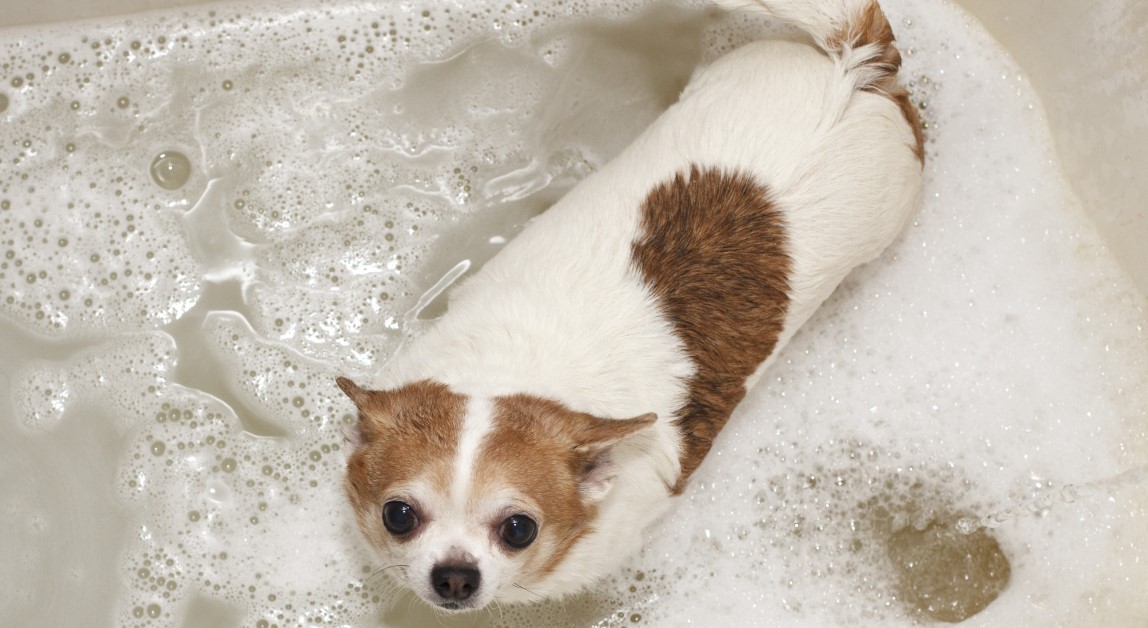Ever Wondered Why? Curious Facts About Cats - Part I
Cats are unique creatures; very different from dogs. We share some fun and fascinating facts here!

Anyone with a cat knows it's no surprise to see their favorite feline exhibit curious behaviors or watch them as they go through their entertaining daily rituals. We'll share some fun facts about these antics and attitudes which seem crazy to us, but seem very normal to your cat.
Do cats sulk?
Humans are huge to a cat. When you scold him, you are intimidating him. When you look down upon a cat to discipline him, he associates your fixed gaze with a rival. The eyes of many animals are a signal of power. In comparison to a cat's size, his eyes are enormous. In hostile situations, a dominant cat will stare at his rival, who will look away rather than increase the hostility. So when your cat turns away after disciplining, he isn't ignoring you; he's surrendering.
Why do cats go to the one person in the room who doesn't like cats?
When a cat enters a room full of people who are staring at him, he becomes very uncomfortable. However, he will notice the one person who is totally ignoring him - the person who dislikes cats for whatever reason. The cat goes to that person to seek a safe haven from those who are fawning over him or intimidating him. Cats like attention, but want it when they want it and in the amount they want; anything outside those parameters is unacceptable and makes him uneasy.
Why does my cat interrupt my phone calls?
He isn't jealous. He doesn't have any idea that you are speaking to someone else. He thinks you are talking to him.
Why are cats so curious?
By nature, the cat is an explorer and is constantly on the hunt - not always for food, but also to satisfy his quest for the unknown. This is natural for a cat and not a behavior he has adopted.
Do cats dream?
As do humans, cats alternate phases of deep and light sleep. Dreaming occurs during the deep sleep phase occurs. During a cat's deep-sleep phase, you will movement of his paws and claws, twitching of his whiskers, and flicking his ears. Sometimes he may even make sounds.
Why do cats' tails quiver?
When a cat's tail is quivering, it can mean mild irritation. If the cat's tail becomes erect and the whole length seems to be quivering with excitement, it means exactly that - excitement. You will be certain which emotion he is displaying based on the activity he is currently involved in. If you are petting him and his tail starts to quiver, be aware he has has enough and this is his way of letting you know you need to stop.
Why do cats swish their tails?
One reason a cat swishes his tail is to get his balance before leaping. The other is to mesmerize the prey he is looking at. Since the cat can't see prey if the prey becomes still, he moves his tail to initiate the slightest movement in his target, which he can then spot.
What does it mean when a cat lashes his tail from side to side?
The tail waving quietly from side to side means contentment. If the cat is sitting quietly with his tail gently wagging back and forth, he's concentrating intently on something. Vigorous lashing back and forth is a sure sign of anger; signaling annoyance and a good sign that the cat is really upset. Tail wagging somewhere in between heavy duty and half-hearted can mean that he is indecisive.
What else does a cat's tail tell?
When the tail is bent forward over the head, it means the cat is feeling like top cat and in a carefree mood. When the tail is waved quietly side to side like a lady's fan, the cat is contented. Several quick flicks upward is a greeting to both humans and other cats.
What do the different ear positions on a cat mean?
There are five basic ear signals, revealing if the cat is feeling relaxed, alert, agitated, defensive or aggressive. When the ears are pointed forward and slightly outward, the cat is relaxed and carefully listening to everything that is going on around him. When his ears are erect and facing forward, the cat is alert and ready to investigate any noise that has been heard. When the ears twitch nervously back and forth, the cat is agitated or anxious, ready to defend itself. The ear twitching may also be accompanied by two quick flicks of the tongue around the lips. When the ears are flattened tightly against the head, the cat is signaling annoyance and is feeling defensive, and may strike at the slightest gesture towards him, simply because he is preparing to defend himself if necessary. A cat will pin the ears back to protect them during a fight. When feeling aggressive but not frightened, a cat's ears will be in a position somewhere between alert and defensive.
What can we tell about a cat's behavior from his fur?
When alarmed or startled, a cat's fur will stand up all over its body. When feeling threatened (as when another cat is about to attack), the fur stands up only in a narrow band along the spine and on the tail. The hair will incline slightly toward the middle from both sides, and will form a sharp ridge. This will make the cat appear larger than he is to any nearby enemies.
What does the different positions of the whiskers reveal?
When pointed forward and fanned out, the cat is tense - alert, excited and ready to act. When the whiskers are bunched together and flattened to the side of the face, he is feeling reserved, timid, or shy. When pointed sideways and aren't spread out, the cat is comfortable, calm, relaxed, friendly, satisfied, or indifferent.
Cats are intelligent and fascinating creatures who rarely do something without good reason, even if we don't understand what that reason may be.
Ready to start saving money on pet wellness care?
Then take a look at Mint Wellness, the pet wellness plan that provides fast reimbursement on routine pet care. Save on vaccinations, wellness exams, preventatives, dental, and more!
Learn More


